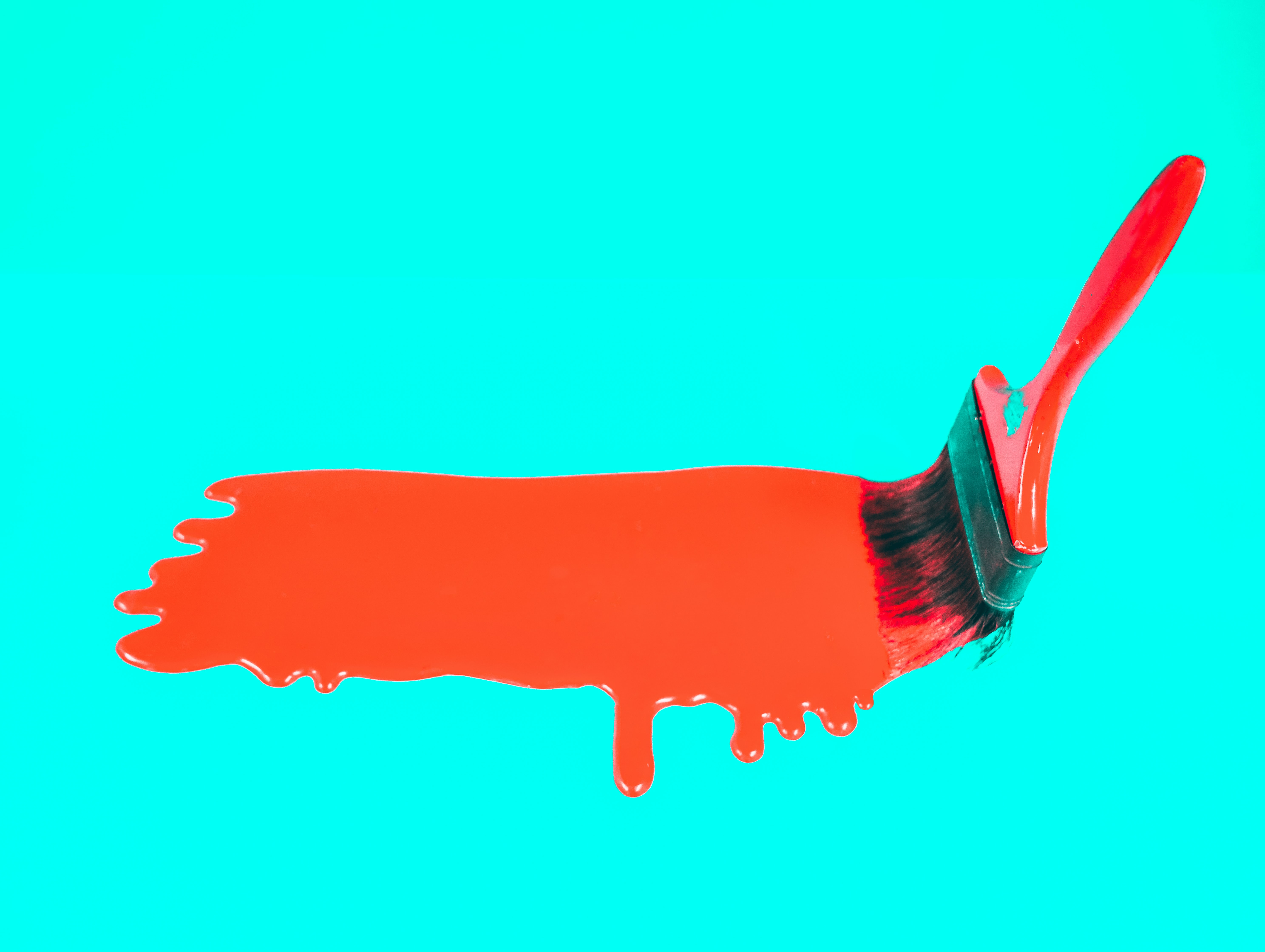
From strategy and design to technology and choice of platforms, the digital advertising landscape continues to evolve with more innovative trends taking center stage.
These, of course, will define a new trajectory in digital advertising, particularly the imminent death of third-party cookies. For digital advertisers and brands that rely on third-party cookies, there is a need for a pragmatic shift toward creativity. To continue serving personalized ads and reaching consumers on a cookieless web, brands must quickly learn to adapt to emerging trends and develop creative assets in advertising.
Here are four of the top trends for creative advertising in 2022:
Mobile-First Designs
Of the 4.32 billion people who actively use the internet, about 92.1% access the internet using a mobile device. In light of this, more and more designers and advertisers are prioritizing their ad designs to ensure the best mobile experience for their target audience.
When it comes to designing digital creative assets, one size does not fit all. The best practice is to build dedicated mobile assets versus resizing desktop banners or video spots for TV. As consumers become more and more mobile, it is essential that we design advertising formats that mirror how consumers use their devices, and incorporate the best new technologies to boost engagement.
The concept of mobile ad designs incorporates advanced techniques, such as using mobile-friendly extensions and a device-specific bidding script, writing device-specific ad copies, and optimizing your landing pages for a better consumer experience. Optimizing your ad creative for mobile might also include creating assets that work both with sound on and off.
Artificial Intelligence
Artificial intelligence (AI) is fast becoming the future of advertising. Advertisers now use AI to automatically identify and segment audiences, build creative ads, test and improve ad performance, and even optimize ad spend —all at scale. But AI is beginning to play a more critical role in creative advertising; AI programs are creating actual ad content!
A major trend in the advertising industry is the role AI should play in developing advertising assets. Some are questioning if robots could do the job of Creative Directors. In a new AdWeek experiment, an AI bot was able to produce creative assets in just 5 minutes for brands like KFC, Gucci, and Colgate.
It’s too soon to tell how much of an impact these new AI creative services will have on the ad industry, and for now it can be compared to a beefed up version of DCO. But, the potential is there, and these technologies are already being incorporated into human-centric design tools to aid in the creation of ads more efficiently.
Personalization
Personalization is not new in digital advertising. However, due to a lack of third-party audience data for targeting, some advertisers are beginning to retool their processes to take advantage of new personalization tactics. For instance, advertising creative can leverage universal data and signals like time of day or weather to show specific ads to potential customers.
This enables marketers and advertisers to target consumers more effectively at the precise moment when they are most receptive to the marketing. Also, the more an ad syncs up with people's geographical location or mindset, the more likely they are to want to know more.
Combined with rich media, brands can also use personalization to explore the opportunity of building more loyal and engaged audiences. In general, AI continues to deliver the data that makes it possible to serve more personalized ads to consumers.
Diversity in Advertising
Just as diversity is beneficial in the workplace, the world of digital advertising is not left out. In almost the same way that diversity has become a thing on the screens in movie theaters, many brands are subtly and boldly pushing the diversity narrative in their ad campaigns. Today, the typical audience for a global and even a local brand is very much ethnically and racially diverse.
Diversity in advertising aims to embrace other groups and points of view that may have been marginalized or sidelined over the years. While this holds the potential of helping brands expand their audience as much as possible, there is also the risk of attracting the wrong kind of publicity when it’s not done right. In other words, diversity in marketing also relies on creativity in content and design to be successful.
In a recent study we commissioned with Echelon Insights, we found that consumers value diversity in a brand’s creative assets. After viewing ads using diverse models, consumers were 74% more likely to view the brand favorably, and 71% more likely to purchase a product from the brand.
Final Thoughts
Advertising creative in 2022 requires that brands and marketers keep up with emerging trends in the industry. Considering the ever-changing nature of our tech-oriented world and constantly evolving customers’ expectations, the way ads are done will continue to change.
For one, Google has promised to prioritize the privacy and safety of people by limiting the amount of personal data that is made available to companies. Hence, as we move on from third-party cookies, brands must prioritize creative advertising to continue to stay relevant.
Contact us today to learn more about how your business can make the most of creative advertising campaigns in 2022.
Related Posts
VideoNuze CTV Advertising Preview: Top 4 Takeaways
“The value that CTV brings is this data driven approach to targeting and an opportunity to use...
How To Do Programmatic Advertising Right? | PadSquad
Programmatic is king in the field of digital advertising. The process of automating the purchase of...
5 Ways To Make an Impact This Holiday
The 2021 holiday season will look different than in years past. Yes, because of COVID-19, but not...


